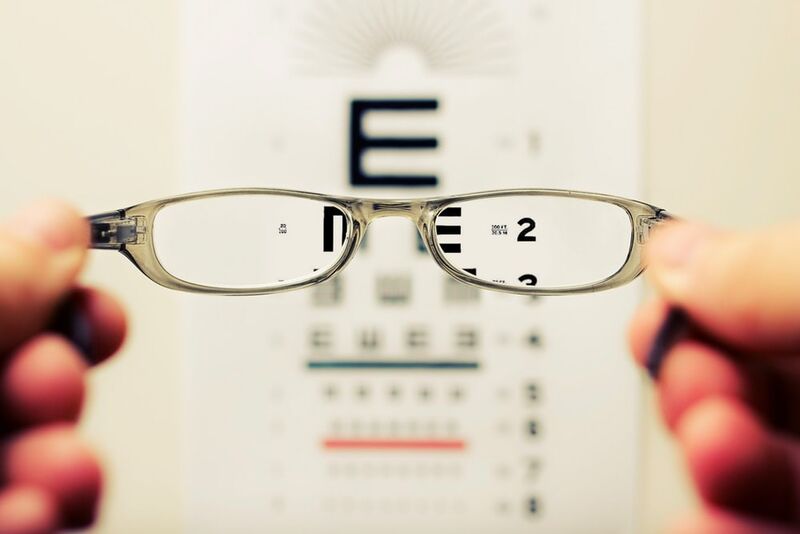
I hope all y’all enjoyed your summer, but I have to admit, I’m already eying my boxes of sweaters, leggings, Uggs, and puffy vests. For me, this time of year is always the most exciting, because I looked forward to starting a new school year. One of the best ways we can model for the kiddos returning to school is to embrace being a lifelong learner. When people have a growth mindset, they believe that they can get better with effort. So, in the spirit of being a lifelong learner, I have another disability lesson for you to kick off the new season. It will help supplement some of our other posts on etiquette, inclusive language and word choice.
There are several different schools of thought surrounding the concept of disability. Another way to describe it, is a different perspective. Do you see the glass as half full, or half empty? Are your glasses rose-colored? Do you believe in luck or fate? Your perspective on the world can influence your beliefs and actions. Let’s talk about some of the different models used to explain disability.
-
Moral Model
The Moral model of disability is the oldest model, and spans across cultures. According to this model, disability is viewed as a punishment from God. It is a consequence of sins, transgressions in their current or previous life, or due to possession by evil spirits. It was sometimes extended to include disabled children being a punishment for the sins of the parents, or even further ancestors. Disability is a result of not following prevailing moral or religious edicts. People with disabilities and their families were righteously ostracized from their communities. Another aspect of this model is the belief that disability is a test of faith, or a challenge that leads to the path of spiritual salvation. It was considered an opportunity to deepen character traits, such as patience, courage, and perseverance. Some considered it a gift, where ‘God gives us only what we can bear,’ and could give a person a greater purpose behind their disability. This also means that if a person’s disability persists, that is a reflection that they have not been redeemed and are lacking in piety. As you can imagine, these beliefs about disability also brought shame and isolation to people with disabilities.
-
Medical Model
Over time, as societies advanced technologically and in their understanding of nature and the human body. The prevailing belief then shifted from the Moral model to the Medical model. This model has also been called the personal tragedy model. A good way to summarize this model is that it sees the person as a problem needing to be fixed. Think of the terms disorder, defect, and deficient. It views disabled people as broken, abnormal, or damaged versions of a human being. The focus is on fixing, curing, or preventing all conditions which deviate from the “norm”. People with disabilities are therefore seen as an object of charity or pity. Like the moral model, the medical model often views disability as the fault of the individual, and a result of bad genetics or unhealthy habits. It can lead to patronizing beliefs, such as viewing the people with the disabilities as helpless, and the medical professionals as helpful and virtuous. People with disabilities are considered “less than”, are a burden to be cared for, and are incapable of contributing to society. It demands that people with disabilities should adjust to fit into society in its current state, since they are the ones who are not normal. Being part of society means rising above disability or staying isolated.
-
Social Model
This model is the more modern model, and disability advocates say that it is a more inclusive manner in which to view disability. Rather than focusing on the limitations of the person, it focuses on the physical and social environment, and how it imposes limitations upon certain categories of people. It views disable people as part of the natural variety of humanity. While an individual’s limitation may be constant, the extent to which the impairment effects the person’s life is dependent upon the environment (physical, communication, or attitudinal). For example, at a seminar where a presenter speaks, providing a microphone can make it so someone with an impairment is not disabled in their ability to listen and understand. This model promotes the autonomy of people with disabilities, and encourages society to change to better serve everyone. Disabled people are not seen as helpless, but rather, equally deserving of rights and freedoms.
I hope this blog has helped you to consider what ideas you have about disability. We all have a unique perspective, so you may not fit into any one of the above categories. You don’t have to take my word for it - I encourage you to continue to hear about the experiences and perspectives of people with disabilities. If you don’t know where to start, check out our new Podcast for ideas!